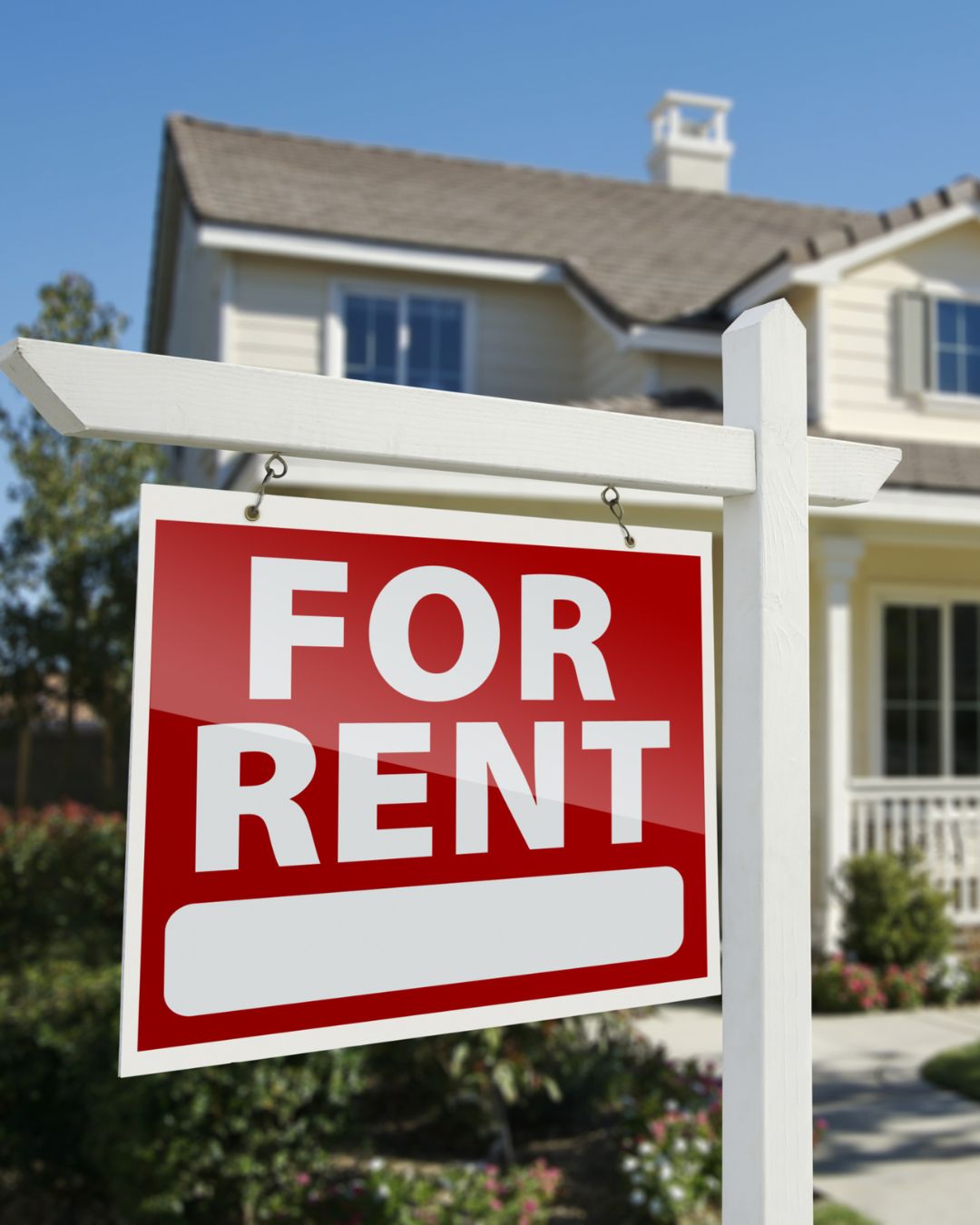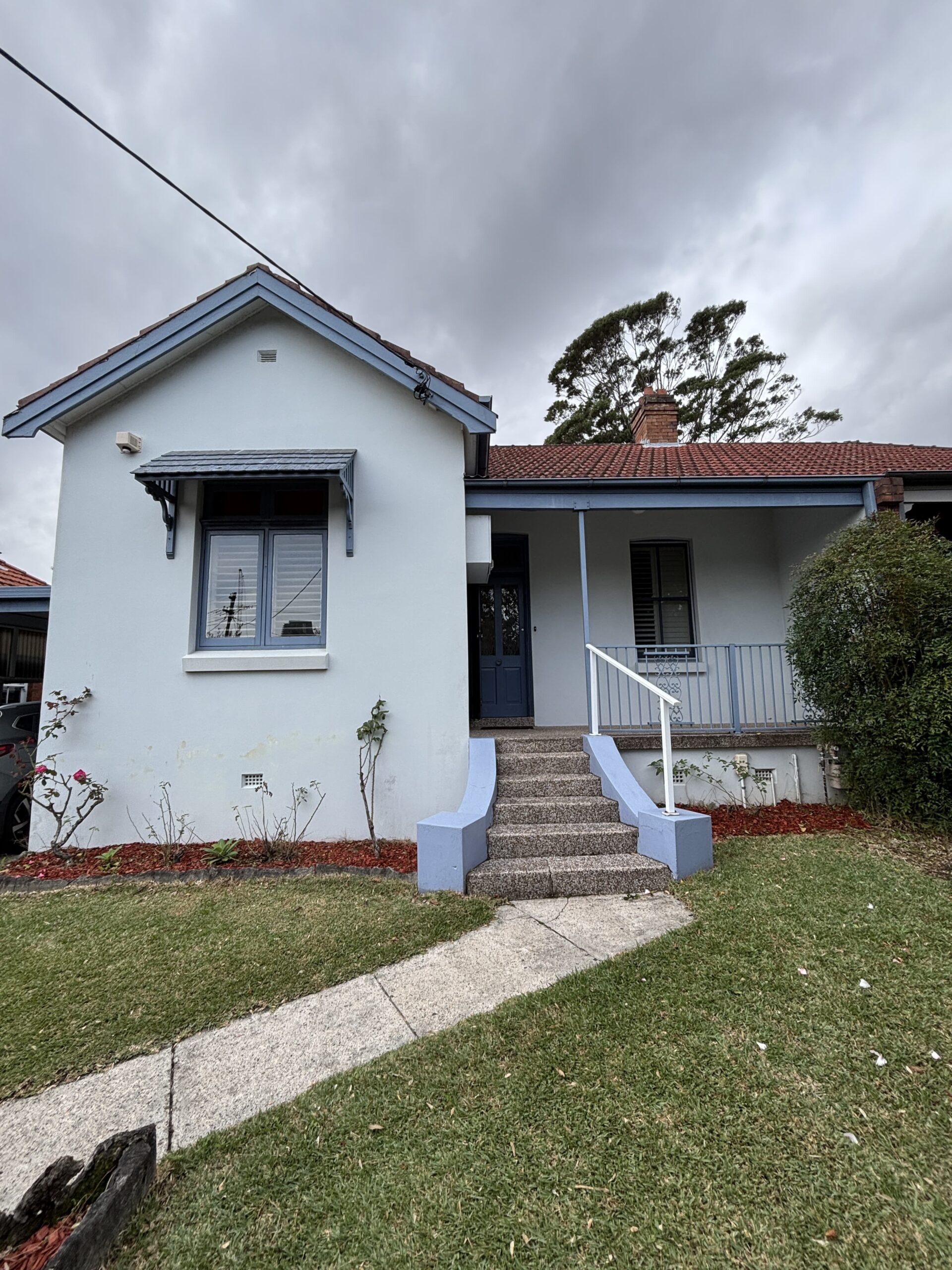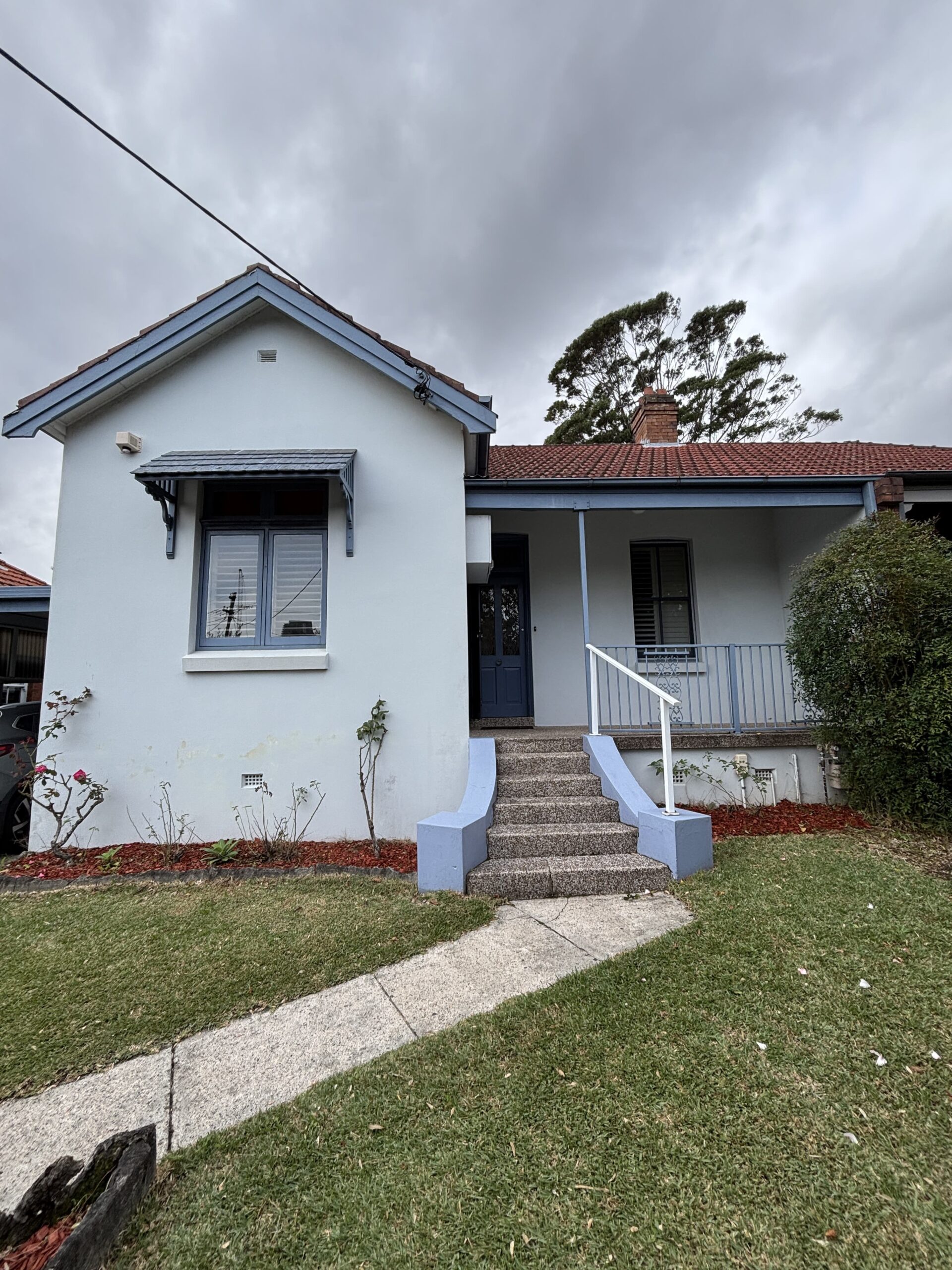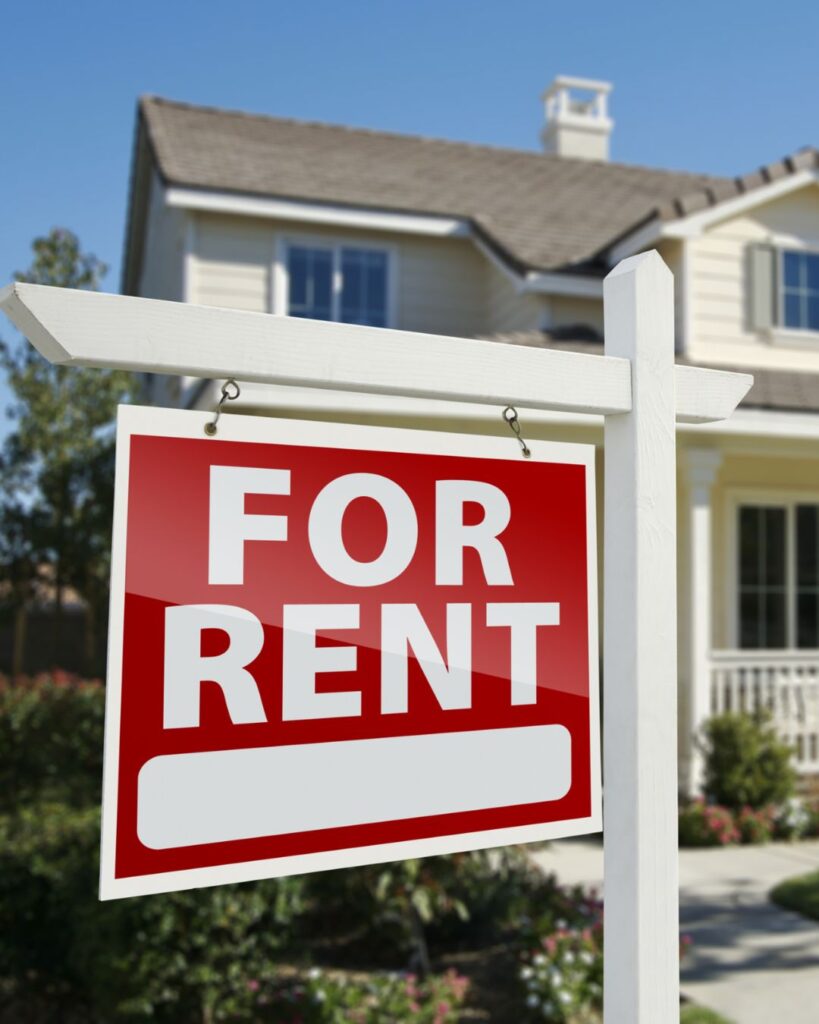
Why renovating to rent is a smart long term investment strategy
If you own an investment property, you’ve probably wondered, “Would renovating increase my rent?” or “Would I attract higherquality tenants if I renovated?”
You may have decided against it – but this post might just change your mind.
I recently wrapped up a renovate to rent project in Chatswood where a $200,000 renovation added $1 million in value and increased the weekly rent by $425.
Pretty impressive, right? Let’s break down the strategy behind it, what I’d do differently if the goal was to renovate to sell, and what you can learn if you’re planning a similar project.
The first thing I want to point out is that you need to think of renovating to rent as a long term strategy.
Renovating to sell for example, is a short term strategy because you’ll get your ROI immediately (when the property sells).
When renovating to rent, yes you will likely add weekly rent but when you do the maths… it’s going to take a long time to recoup that investment.
But when you change your mindset to the long term (i.e. $1 million uplift in bank valuation for the Chatswood project), then it might make more sense.
Chatswood semi: a renovate to rent case study
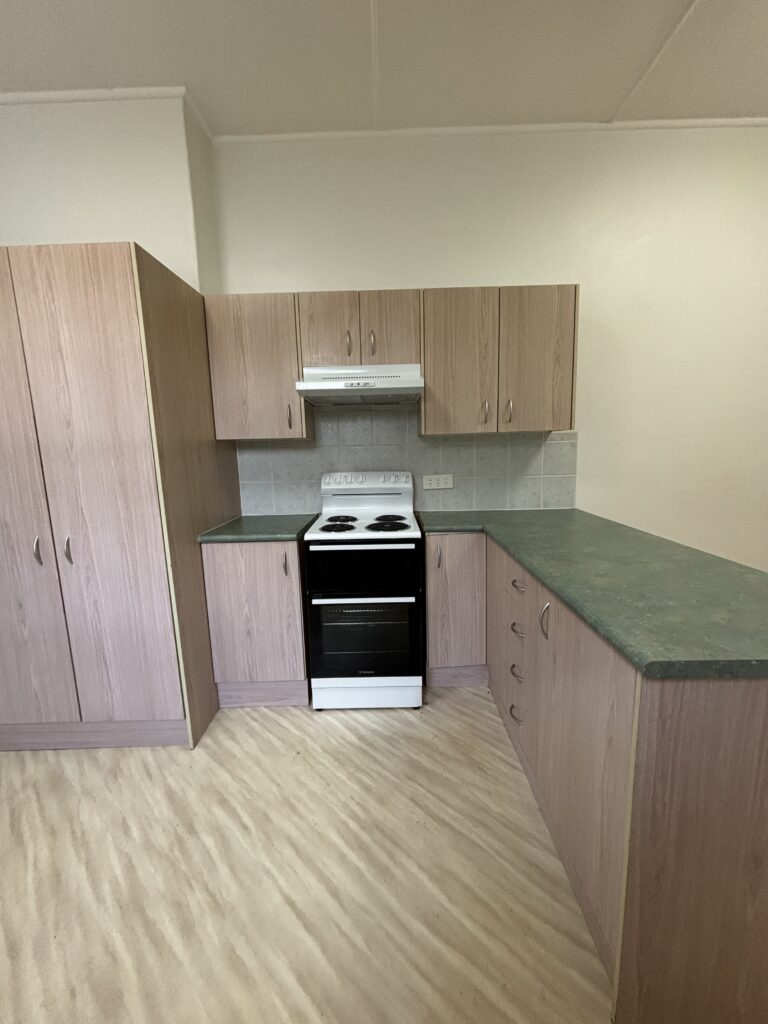
The pre-renovated property was a 4 bedroom / 1 bath (+ an outdoor toilet) semi in Chatswood.
It was definitely in dated condition, with renovations likely sometime around the 70s/80s. In addition, there wasn’t any cooling or heating.
A large family had been living in the home for many years. While it suited them, they admitted that the home wasn’t at its full potential and were only paying $1075 – quite cheap for this area.
In the renovation, we updated the condition with a new kitchen, renovated bathroom and refinishing the original timber floors. We added a second bathroom by combining the laundry and new bathroom, plus we added cooling.
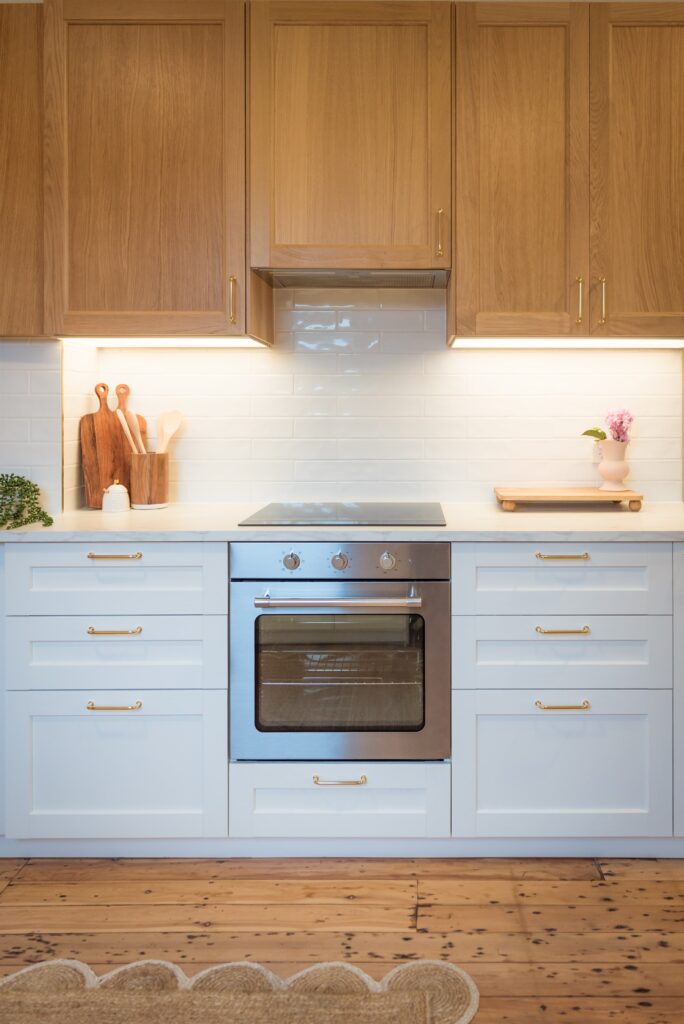
The property was then rented for a new weekly rent of $1500 ($425 more per week or an extra $22,100 per year).
The total spend for the renovations was under $200,000, however the increased valuation was $1 million more.
Pre-renovation value: $2.5 million
Post-renovation value: $3.5 million
So while it will take some time for the owners to recoup their initial investment, the increased valuation of the home will allow them to leverage the added equity for long term planning.
The Renovate to Rent Strategy
It’s important to understand that the strategy is different when renovating to sell vs renovating to rent.
When renovating to sell, you might opt for higher end finishes or things that need more maintenance (such as a natural stone that needs re-sealing). And because you’re likely to see your ROI in the short term, you might aim for the absolutely maximum value you can get in the home so your renovation spend can go higher.
When renovating to rent, the focus is more on durability, function and low maintenance. You essentially want your renovations to hold up, even if a tenant isn’t going to be as careful in the home as an owner-occupier would.
That being said, you shouldn’t just go for cheap finishes.
A general rule of thumb is that if it would attract an owner-occupier, it will attract a tenant.
Just because they are renting doesn’t mean they don’t want a high quality, beautiful home. And you might also attract better tenants if you have this.
Here’s an example – when I worked in leasing in Surry Hills, we had quite a few run down terrace homes. While they had multiple bedrooms, they tended to attract students or very young professionals. Some landlords would ask “why aren’t we getting families? Or older professionals?”
Well, the quality of the property wasn’t attracting these types of tenants.
So when you invest in the quality (and aesthetics) of your property, you’ll likely get higher quality tenants.
In the Chatswood project, the new tenants were a family with older children going to university. They will likely take better care of this property than tenants with young children for example (hi, that’s me, I have a toddler who destroys our home).
What adds rent value (and what doesn’t)
As I mentioned earlier (and want to point out again because it’s a really good point), if it’s going to attract an owner-occupier, it’s going to attract a tenant.
That being said, there are some cost-saving decisions that also look good when renovating to rent.
What Adds Rent Value:
- Modern kitchen and appliances (laminate benchtop fine, induction cooktop preferable)
- New paint in neutral tones
- Updated lighting (included LED and energy efficient globes)
- New tapware
- Cooling, even if it’s split units and ceiling fans
- New flooring (especially carpet – replace after every tenant!)
- Low maintenance gardens
- Added storage and functionality (wardrobes in every bedroom, maybe a garden shed)
What doesn’t add rent value:
- High end designer finishes (unless you have a luxury rental)
- Overly customised features (please don’t try to decorate for your tenants)
- Fixtures and finishes that require a lot of upkeep
When you renovate to rent, it’s about return on investment and what matters to a tenant, NOT creating a show home. Remember, every tenant will live differently in your property so try to be as adaptable as possible.
The BRRR Strategy
As I mentioned, renovating to rent is more of a long term strategy.
For example, the added value in the Chatswood renovation could allow the homeowners to purchase another investment property, which in turn adds to their wealth. By refinancing the Chatswood property at its new $3.5 million valuation, the owners could access up to $800,000 in usable equity – effectively recycling their renovation funds to invest again.
This is often referred to as the BRRR method in investment circles – Buy, Renovate, Rent, Refinance, Repeat.
Now, this seems to be more common in the US so please consult your accountant, financial planner, mortgage broker, etc. to check first if this is the right strategy for you.
But essentially what it means is:
- Buy an investment property
- Renovate to increase its value (immediately increasing value from your purchase price)
- Rent it to a tenant (and show the bank you have rental income covering the mortgage repayments)
- Refinance with the bank (i.e. $2.5 million property is now worth $3.5 million)
- Repeat – pull out the new equity to purchase another investment property and continue this cycle
Of course you need to understand your tax implications, as well as discuss with a mortgage broker the possibility of an equity release (and the repayments on that). But definitely something to consider for your long term strategy.
At the very least, when you do go to sell the renovated property, you will sell for more than if you didn’t do anything.
Final Thoughts: Renovate smart when renovating to rent
When renovating to rent, it’s important to be strategic and have the right mindset. While there may some short term gains like increased rent, it’s ultimately about the long term strategy with a higher property valuation.
In the Chatswood case study, I took a semi worth $2.5 million, did under $200,000 in renovations and added $1 million in value to the property, now worth $3.5 million. While the weekly rent did increase, it will take awhile to see the ROI, however the long term strategy means they have added to their wealth and may be able to leverage the equity with more investments.
If you own an investment property and want to increase your rent return, valuation, or tenant appeal – I can help.
I’ll show you exactly which upgrades deliver the best ROI and manage the entire process from design to completion, so you can focus on growing your portfolio.
You can book a consultation here.

